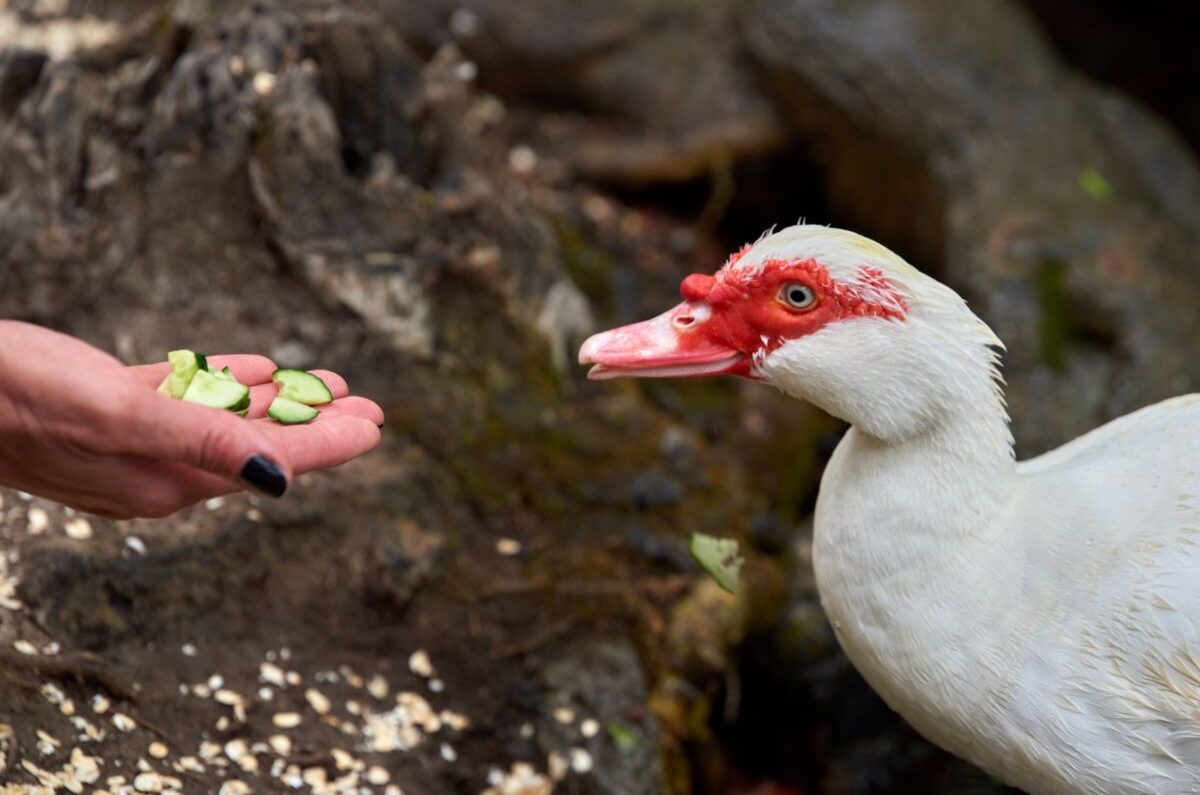Chickens are becoming popular backyard pets as more people try to live within a budget and as self-sustainable as possible. However, not everyone knows what you should and should not feed your chickens. With beans being cheap and easy to find, many people wonder if they can give them to their chickens. Well, let’s find out!
Beans contain a toxin called phytohaemagglutinin. This is fatal to poultry if they eat it. However, if you prepare the beans correctly to ensure this toxin is removed from the beans, then beans are an excellent addition to your chicken’s diet, with the best beans being green beans and black beans.
What beans can chickens eat safely? How do you prepare the beans to ensure they are safe for your chickens to eat? We will go through everything you should know about feeding your chickens beans in this article!
Contents
Can Chickens Safely Eat Beans?
Beans are a staple food for many and can be used in many different recipes. Beans are also a popular alternative for animal protein as they have large amounts of protein, making them ideal for vegetarians or other animal-free diets.
Beans are relatively cheap and can be bought in bulk, which is perfect for people on a budget. For these reasons, many people wonder if they can feed their chickens beans too, or if they will negatively affect their chicken’s health.
The answer to this is complicated as it depends on how the beans are prepared and what beans you have. Beans contain a toxin called phytohaemagglutinin. This is fatal to poultry if they consume it.
This poisoning can occur after the chicken eats as little as three beans and can kill the chicken within hours. So, it’s important to know what beans you have and how to prepare them correctly to make the beans safe for your chickens to eat.
What Type Of Beans Can Chickens Eat?
Knowing what type of beans your chickens can eat is the first step of the process. You need to ensure you feed your chickens beans that will not affect their health and that contain as little of the phytohaemagglutinin toxin as possible.
So, let’s go through the best beans you can feed your chickens to help ensure they stay healthy and receive the nutrients they need to maintain their health.
These beans are all popular and should be easy to find at your local store, and they are safe for humans to consume when prepared correctly.
Cranberry Beans
These beans are a favorite for many people. They are oval-shaped beans that have tan and red-colored skin. Cranberry beans are also recognized as Roman beans and are famous for their delicious flavor and creamy texture. When prepared correctly, both you and your chickens will love these beans.
Great Northern Beans
These beans are an excellent option for your chickens, as they are packed with needed nutrients, but they should only be given to your chickens as a treat. These beans are white-skinned, medium-sized, oval beans with a lovely delicate flavor that you and your chickens will love.
Most people use these beans to enhance their bean casseroles, but you can safely feed them to your chickens when they are prepared correctly.
Black Beans
These beans are well-known and a popular ingredient in Mexican foods worldwide. Many people enjoy the slightly sweet taste and soft texture of black beans, and they can add a lovely element to most dishes.
Black beans are also recognized as turtle beans and are matte black, oval-shaped beans. When they are prepared correctly, you can safely feed them to your chickens and enjoy them yourself.
Dark-Red Kidney Beans
These beans are used in different dishes worldwide, including chilies, salads, and soups, but they take longer to prepare and make them safe for human and chicken consumption.
Dark-red Kidney beans have a deep red and glossy outer skin, which is where they get their name from. These beans have a firm texture, which is why they are used in dishes that take a while to cook, as they hold their texture well.
Pinto Beans
These beans are the most popular in the United States, so they should be easy to find at your local store and are usually cheap. Pinto beans are mainly used in the Mexican dish called refried beans, which is why some people call them refried beans.
These beans are oval-shaped, medium-sized beans with a mottled brown and beige skin. These beans take a long time to prepare to make them safe for human and chicken consumption, but they are tasty, and chickens seem to love them.
Green Beans
Green beans are an excellent addition to a chicken’s diet as they are filled with vitamins and minerals essential to maintaining chickens’ health.
If you feed your chickens green beans as part of their regular diet, they will develop a preference for them and ask for more when they are finished. These beans are easy to find and cheap to buy, so if you can add them to your chicken’s diet, you should.
How To Prepare Beans For Chickens To Eat
Now that you know what type of beans you can feed to your chickens, we can go through how to prepare the beans to ensure they are as safe as possible for your chickens to eat.
Preparing beans for your chickens can take a long time, but it’s worth it if you are on a budget and need cheap treats and snacks for your chickens. With all the beans on this list, excluding green beans, if you buy them raw, you must soak them for at least five hours in fresh water before you cook them.
Cranberry beans, black beans, and great northern beans are relatively easy to prepare after soaking. You must boil them on high in fresh water for at least 45 minutes to ensure they are thoroughly cooked. Then leave them to cool and serve to your chickens.
For the Dark-red Kidney beans and the Pinto beans, you will need to boil them in fresh water on high for at least 120 minutes to ensure they are cooked properly before you feed them to your chickens. Once cooked, let them cool, and then give them to your chickens.
Green beans are the easiest to serve to your chickens as you can give them to your chickens raw. Cut both ends of the green beans off and feed them to your chickens with their regular feed.
Conclusion
Beans are a good addition to your chicken’s diet, but you must ensure you prepare them correctly so all the phytohaemagglutinin toxins in the beans are removed before they are fed to your chickens.
Many beans are good for your chickens and can be given to them regularly, including Cranberry beans, green beans, and black beans. All these beans have a lot of vitamins and minerals that your chickens need to maintain their health. Good luck preparing the beans correctly for your chickens!




